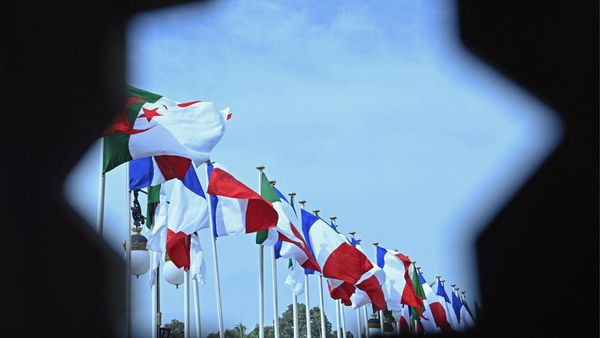The Federal Reserve is widely expected to take a big step in the week ahead on its “expeditious march” to get its interest rate back to a more normal level.
Two weeks ago, Federal Reserve Bank of San Francisco Mary Daly used that word – expeditious – in describing her itinerary for ending the Fed’s very accommodative interest rate policy it instituted in the early weeks of the pandemic.
The market is certain that the big step will be at least a half percent and possibly as much as three-quarters of one percent rate hike on Wednesday. If it’s the larger step, it would take the Fed’s target short-term borrowing rate highest since February 2020. And it would represent the fastest interest rate hikes in generations.
Make no mistake – the central bank has fully transitioned into a full-time inflation-fighting organization.
Critics complain it is late to the fight, and they’re not wrong. Overall consumer prices are rising by 8 percent and proving to be sticky. Focusing on items with prices that tend to change slowly – rent, home insurance, eating out – shows a more-moderate-but-still-elevated almost five percent increase in March, according to data from the Federal Reserve Bank of Atlanta.
The Fed abandoned hopes inflation would be transitory late last year. After raising its target rate by a small quarter percent in March, central bankers have been gathering in a chorus alerting investors and borrowers to expect a bigger move this month, and probably for the next several meetings.
There’s more than the rate hike, though. The bank could announce it is beginning sell-off bonds it bought during the pandemic in its efforts to stave off a deep and disastrous depression. This so-called quantitative tightening will act as another economic break, further complicating the Fed’s balancing act.
The goal is to squeeze inflation out of the economy as fast as possible while not disturbing the continued recovery of the job market. It is a difficult task to pull off. While the Fed can hope to attack the monetary contributors to inflation by discouraging consumption, it can’t affect COVID-19 lockdowns in China, the Russian war in Ukraine, or the biological mutation of the COVID-19 virus – any of which threaten to trip up the bank as it picks up its inflation-fighting pace.







